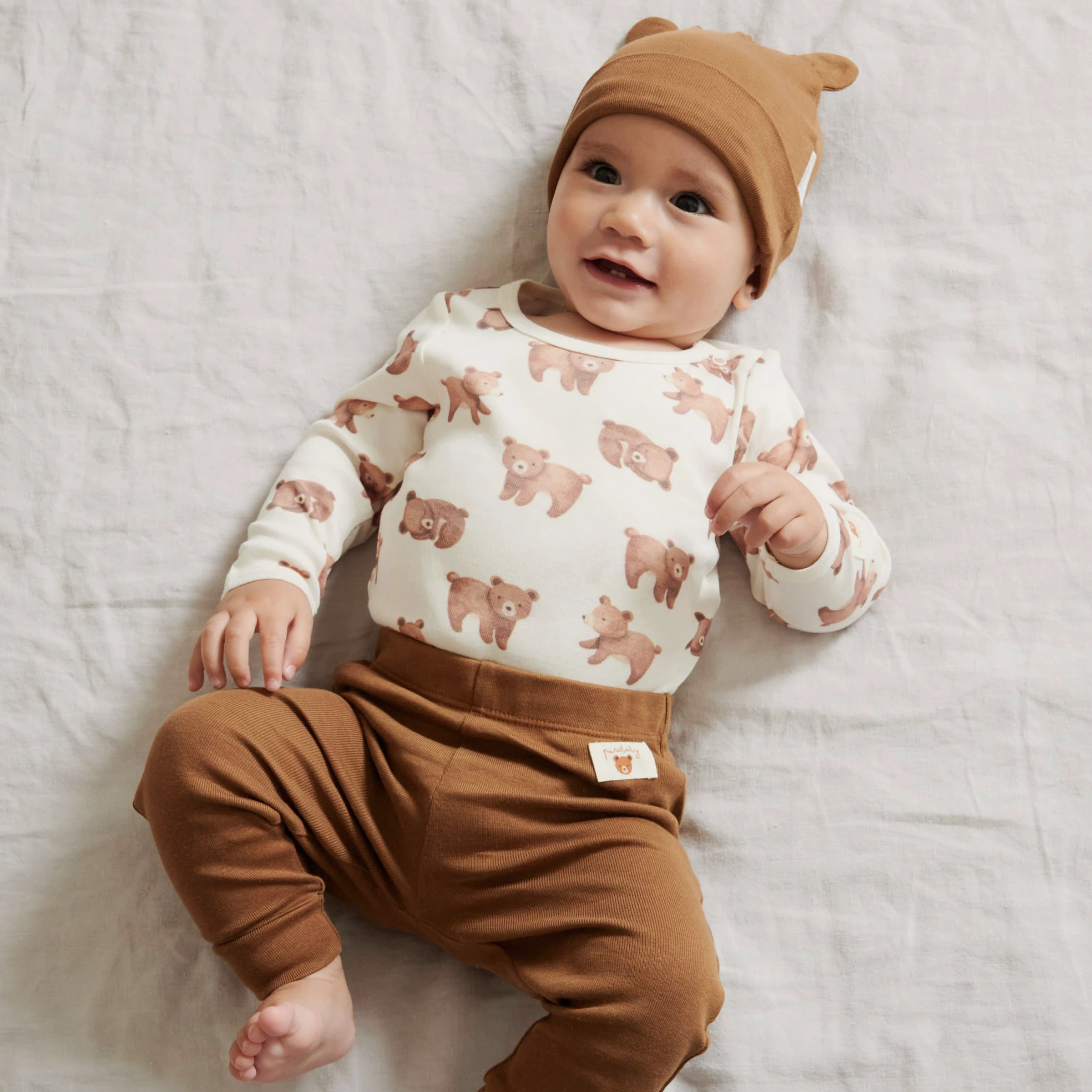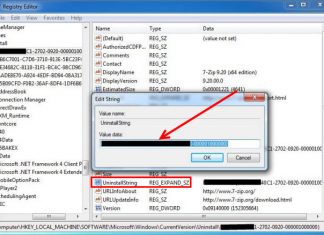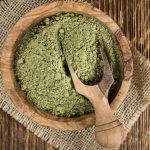When it comes to toddler clothing, there are many requirements to bear in mind. Aside from style, you should make sure the items are durable, stain-resistant, and easy to put on and take off. Your baby’s wardrobe must also accommodate their growth. Follow our guide to avoid shopping blunders that result in returns or unnecessary waste.
The sheer variety of options is unprecedented. For example, toddler girl outfits come in a spectacular array of styles and colors, from dresses to swimwear to holiday-themed clothing – you can read more about the trendiest choices. This complicates shopping, so focus on the following criteria.
1. The Right Size

At first glance, the standard sizing is crystal clear. The letter “T” stands for toddler, and the number shows the age. For example, the 2T size fits 2-year-old kids. However, there is a catch.
As toddlers grow quickly, parents should consider sizing up. If an item turns out to be too small, all you can do is return it or donate it. If it is too big, you could cuff up the sleeves or pant legs, add a waistband, etc. This works for all garments except pajamas. Sleepwear must be either flame-resistant or tight-fitting.
2. Easy On & Off
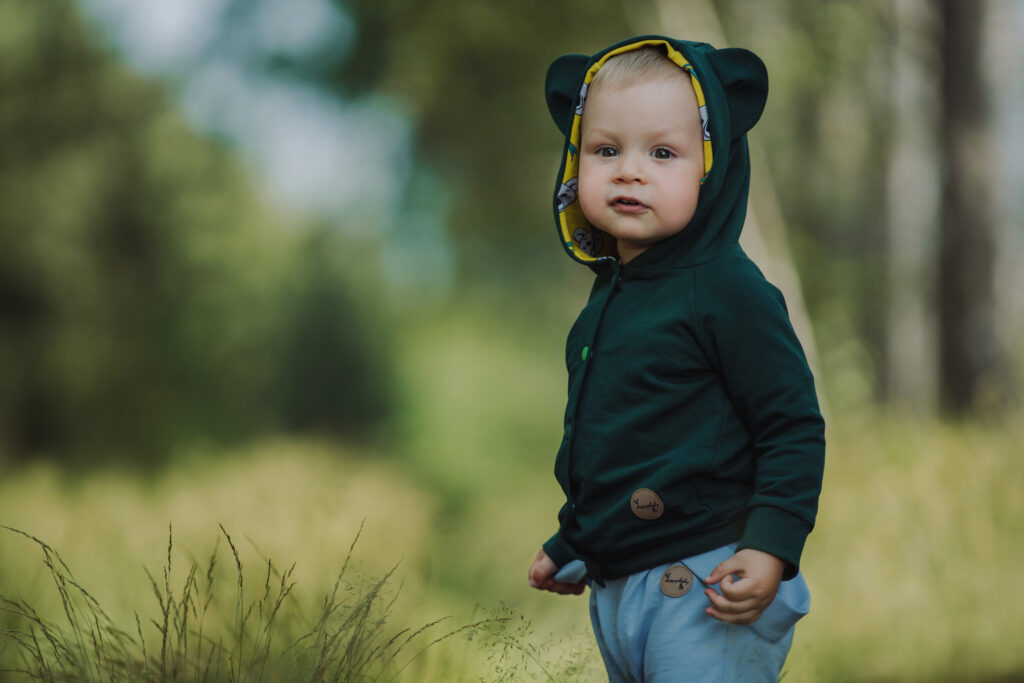
Your kid needs to get changed several times per day. Stretchy fabrics make dressing less effortful. Eventually, the toddler will learn to get dressed on their own. This requires specific types of closures, like zippers and snaps in the front. Avoid tricky buttons and drawstrings, which may pose a choking hazard.
3. Elastic Bands
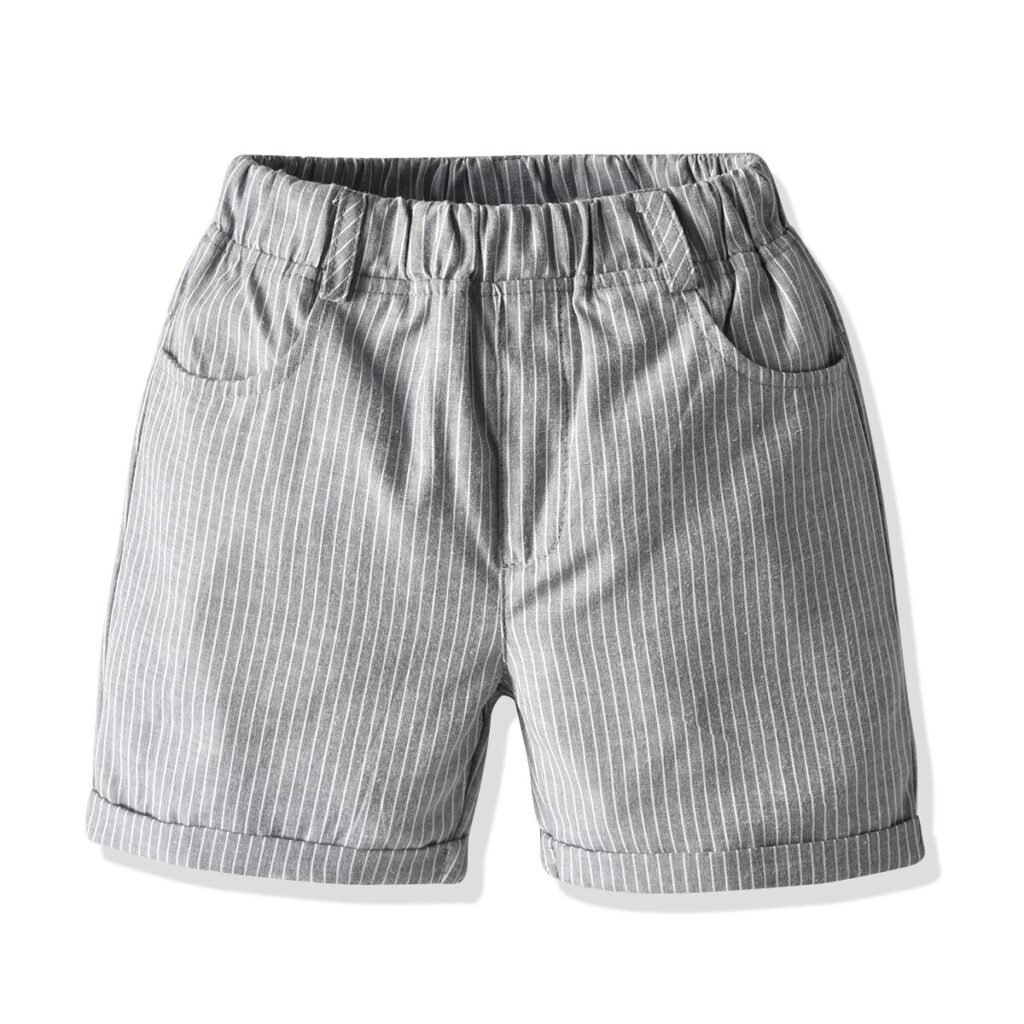
Choose adjustable bands, so you can customize the fit easily as your kid grows. The pants will not squeeze their waist or fall down. Flexible bands are vital for comfort, and they also accommodate growth.
4. Stain Resistance
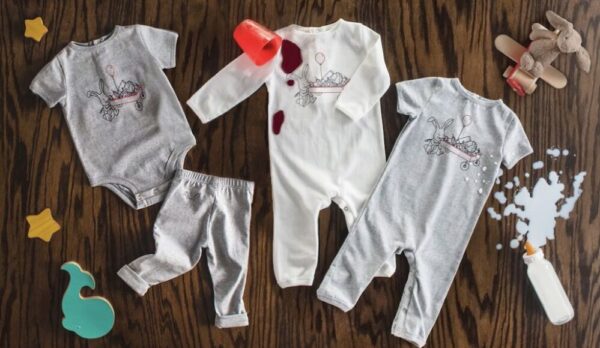
Buying items made of cashmere or silk makes no practical sense. Despite all of their merits, these materials are notoriously difficult to wash. Toddlers move around more than babies, and they get messy all the time. If you really want to splurge on expensive fabrics, do not expect much durability. Reversible items are great as you can flip them inside out. Pullover bibs and smocks will help you keep the clothes clean during feeding and playtime.
5. Potty Potential
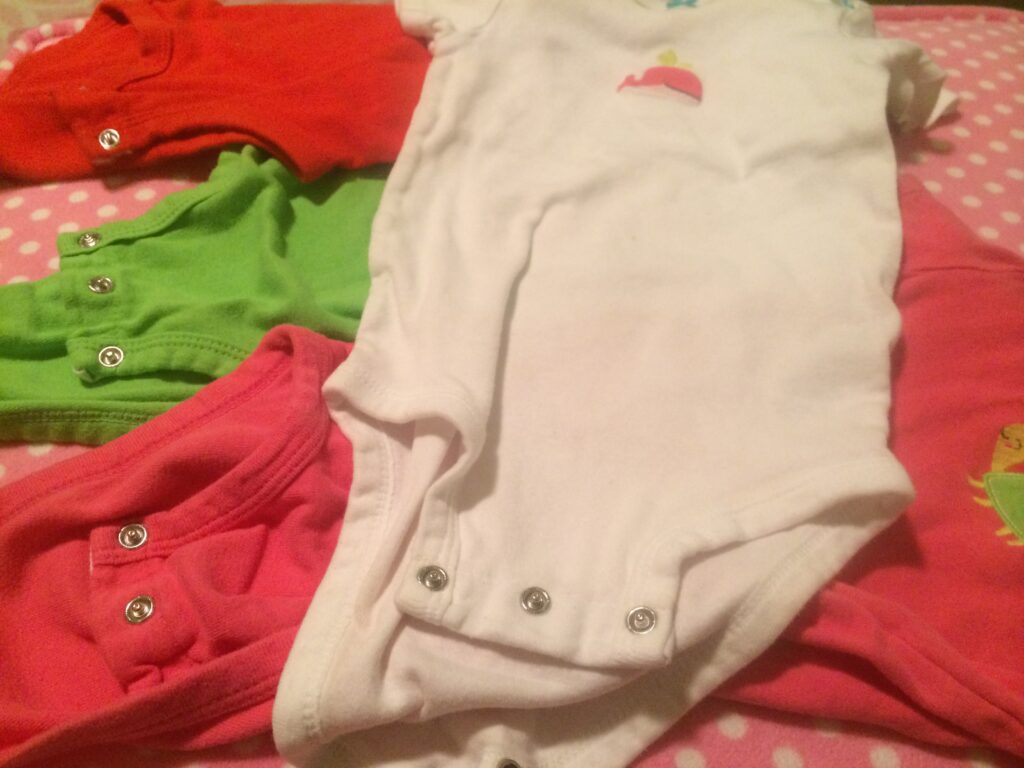
Clothes can facilitate potty training — use them to build a positive association with the process. For example, if you buy outfits with the cartoon characters your baby adores, motivate them with phrases like “Keep the doggy dry”. You could also mention that the characters probably use the potty, too. These are simple tricks that help kids learn faster.
General Guidelines for 6-12 Months
The best clothes for this age are functional, but they also provide freedom of movement. For example, overalls with snap crotches are ideal, as they make changing easy. Your kid will also need tops, undershirts, jackets, sweaters, and footed sleepwear or nightgowns.
For daywear, choose T-shirts with shoulder snaps, overalls, and pants with elastic waistbands. Dresses are unsuitable for kids that cannot walk yet. Choose machine washable sweaters with a zip in the back. Jackets should also have a zip or a snap in the front. For sleepwear, choose gowns or two-piece pajamas that snap together at the waist.
General Guidelines for 1-3 Years
Once your kid starts walking, you will need boots, shoes, raincoats, and hats for different seasons. Your toddler will also move from diapers to underwear. Pull-on pants and dresses facilitate toilet training, unlike jumpsuits with a zipper in the back. Separate tops and bottoms are the best.
Your kid will learn to dress him or herself, so you should choose clothing that is easy to put on and take off. Note that some fabrics, such as cotton, tend to shrink. Hence, size up to be safe.
For cold weather, choose machine-washable coats with a drawstring hood. Models with toggle buttons and loops or large buttons are great, as kids can get dressed on their own. However, make sure the coats are not too bulky, so they do not inhibit movement.
Preschoolers should not wear long scarves, as they pose a strangulation hazard. Thumbless mittens are great for small toddlers, and they are also warmer than gloves. Older kids need mittens with thumbs. Buy two pairs in the same size, as they are often lost. Models with a connecting string are a good idea.
How to Choose Footwear
When your kid learns to walk, shoes are a priority. At this stage, you should choose lighter leather models to prevent tripping. Afterward, sneakers will also be appropriate unless the child has a problem with food perspiration.
Your kid will need a new pair of shoes every 4-6 months. The rule of thumb is to allow 1/2 inch between the end of the shoe and the big toe. The sides must not rub against the ankle bone, and the shoe must fit firmly against the back of the foot. Generally, oxford-style shoes provide the most toe room. Instead of laces, opt for Velcro or buckles.
Socks are also important. Make sure they are not too tight and absorb moisture well. Cotton is the best material. To spend less time on matching the socks after washing, choose the same color and weave. Girls can wear cotton tights. In comparison with nylon, they are thicker, warmer, and less likely to run.
Safety Notes
According to the U.S. Consumer Product Safety Commission, millions of toddler outfits have been recalled due to failure to comply with safety standards. While drawstrings may cause strangulation or entrapment, you should also avoid decorative elements, or make sure they are properly attached. Kids between 9 and 14 months old need flame-resistant pajamas or items that fit them snuggly. Avoid oversized sleepwear unless its fabric prevents burns.
The Bottom Line
Choosing clothes for a toddler is not an easy task. Kids grow quickly, and they need outfits that are comfortable and functional at the same time. Follow our tips to create the perfect wardrobe for any season.

